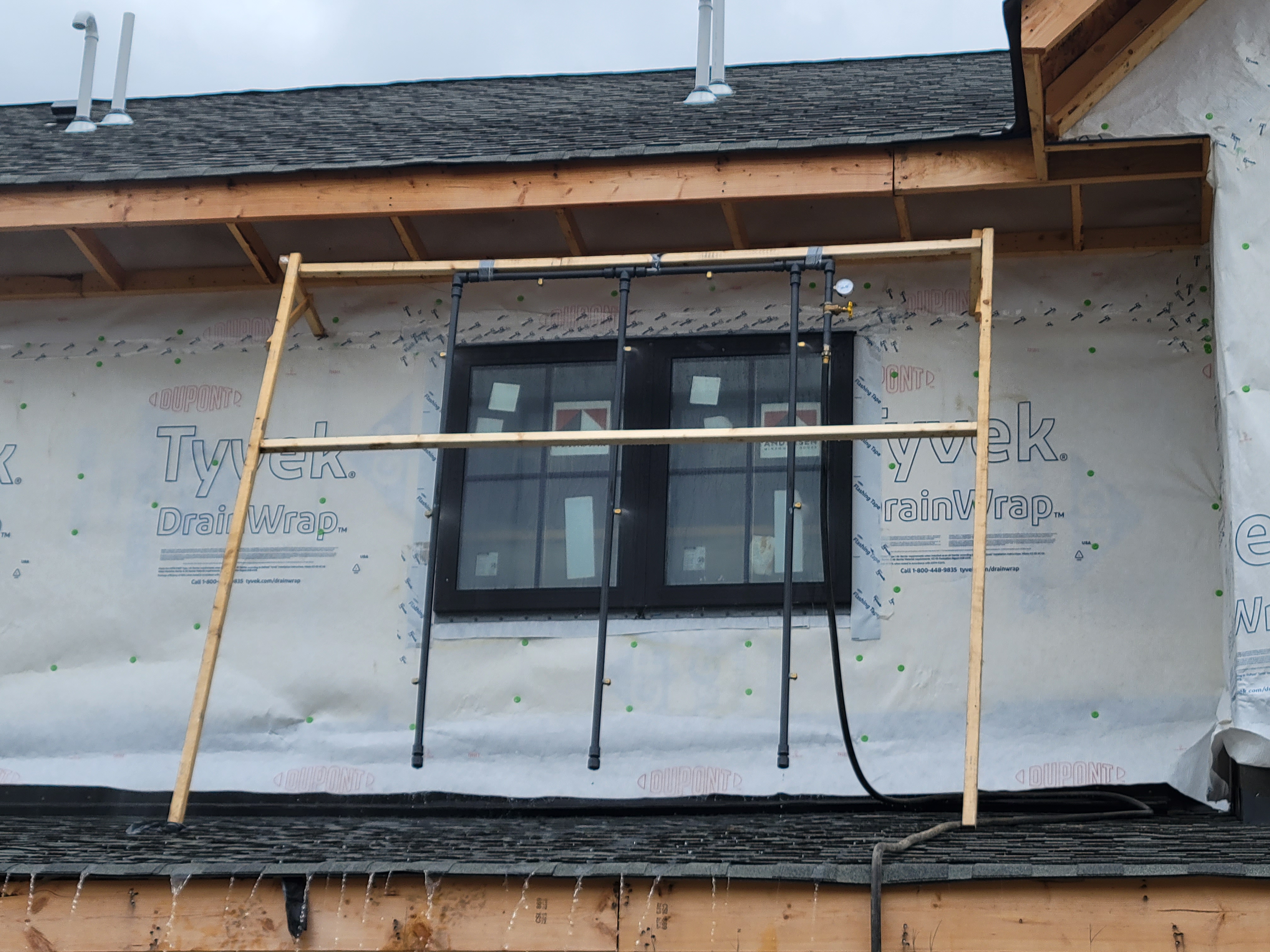
Free Consultation
Wanna chat? Tap to call or text
The quick answer is 20-80% of the time.

“Whoa! Hold on, that is a significant gap.”
Yes, we know. Let’s explain.
In the realm of architectural integrity and building safety, window water testing stands as a critical evaluation to ensure that structures can withstand the elements, particularly water intrusion. The frequency of window water test failures can vary widely because there are so many factors to consider.
Window water testing is a rigorously controlled process designed to simulate various weather conditions to assess a window's resistance to water penetration. This evaluation is paramount in climates prone to heavy rainfall, hurricanes, or any condition where water ingress can pose a significant threat to the structural integrity and interior comfort of a building.
Several factors can contribute to the failure of windows during water testing, each playing a pivotal role in the overall performance and reliability of window installations:
Improper Installation: A leading cause of window water test failures is incorrect installation. Even the most advanced windows can fail if not installed according to the manufacturer's guidelines and industry standards. 
Defective Window Design or Manufacturing: Windows that are poorly designed or manufactured with defects can lead to compromised water resistance, resulting in test failures.
Wear and Tear Over Time: Windows, like all building components, degrade over time. Exposure to harsh weather conditions, thermal expansion and contraction, and general wear can affect a window's ability to repel water effectively.
Sealant and Weatherstripping Failures: The sealants and weatherstripping materials used around windows can fail due to poor quality, improper application, or degradation over time, leading to water ingress during testing.
The Economy.
As mentioned above, improper installation is the leading cause of window water test failures. When the economy is doing well and jobs are plentiful, more installers lack adequate installation experience (and are less qualified) leading to more failed tests.
But when the economy is not-so-great and more people are unemployed, more windows pass water testing. This is because the experienced installers are retained, leading to high-quality work and a smaller fail rate.
By understanding the critical factors contributing to these failures and implementing effective mitigation strategies, building owners and contractors can significantly enhance the water resistance and overall performance of window installations.
Ensuring that windows can withstand the rigors of water testing not only protects the structural integrity of buildings but also contributes to the safety, comfort, and well-being of their occupants.
Questions about window testing? Your building deserves our expertise. Schedule a free consultation to discuss your project.